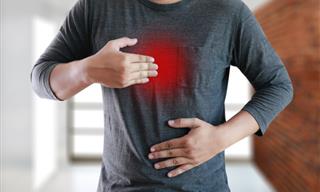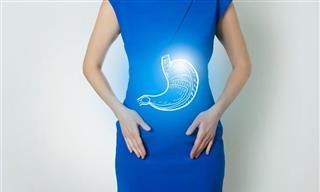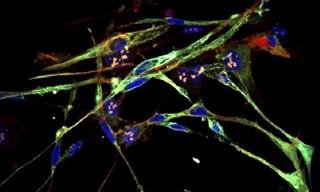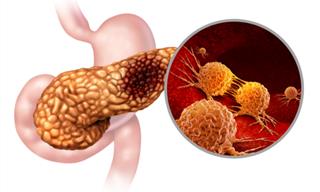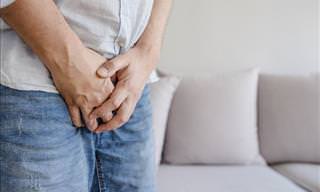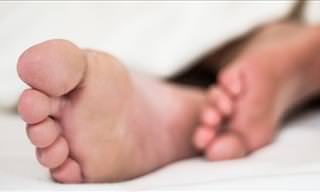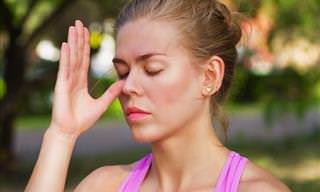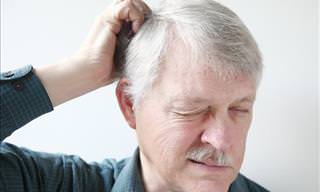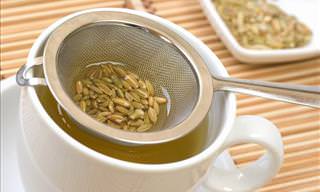Urinary incontinence can be an embarrassing problem, but it is far from being uncommon. The severity ranges from occasionally leaking urine when you cough or sneeze to having an urge to urinate that's so sudden and strong you don't get to a toilet in time. Though it occurs more often as people get older, urinary incontinence isn't an inevitable consequence of aging.
Urinary Incontinence Types and Causes
The problem is more often associated with women, especially during pregnancy or menopause. It arises when there is a lot of internal pressure in the bladder. These are the different types of urinary incontinence:
Urgent Incontinence
Usually accompanied by the urge to urinate, this type of urinary incontinence happens when the sensory impulses in the walls of the bladder don’t react in time.
Overflowing Incontinence
This occurs when the bladder is stretched from being full of urine, which can be caused by a number of factors, such as urethra blockage, prostate enlargement in men or neurological damage to spine caused by a spinal cord injury, surgery or multiple sclerosis.
Psychogenic Incontinence
Feeling fear, anxiety, mania or being exposed to something phobic are all causes of this type of incontinence.
Neurological Incontinence
Changes to the nervous system caused by a stroke, Parkinson’s disease, multiple sclerosis, spinal cord injuries or other ailments result in changes in urinary function, and thus incontinence.
Homemade Urinary Incontinence Remedies
Here are four tonic recipes for urinary incontinence that you may try at home:
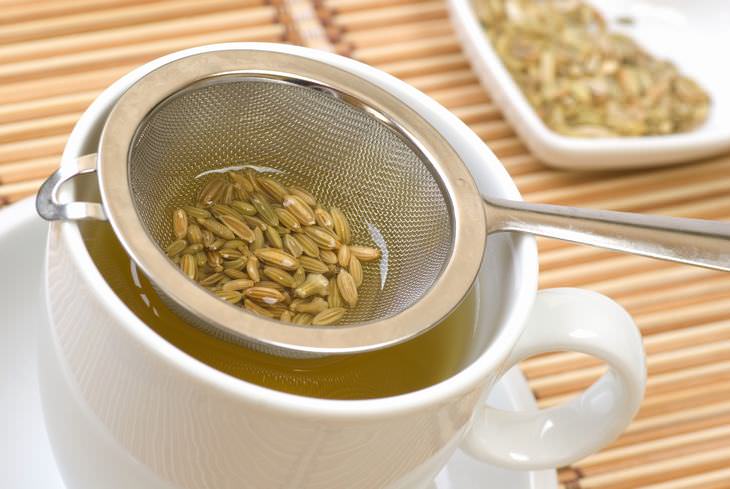
Recipe 1
- 2 tbsp fennel
- 1 cup water
Directions: Boil the fennel in the water for five minutes and leave to cool. Once cooled, drink the mixture. Do this once a day.
Recipe 2
- 1 handful raspberry leaves
- 1 cup water
Directions: Boil the raspberry leaves in the water for five minutes and leave to cool. Once cooled, drink the mixture. Repeat once per day. This remedy is particularly good for those looking to strengthen their pelvic muscles.
Recipe 3
- 1 garlic bulb
- 1 handful white hawthorn flowers
- 2 liters water
Directions: Crush the garlic and combine with the hawthorn flowers in the water. Boil and leave to brew for 15 minutes. Next, strain the mixture, add it to a bathtub filled with warm water, and bathe in it.
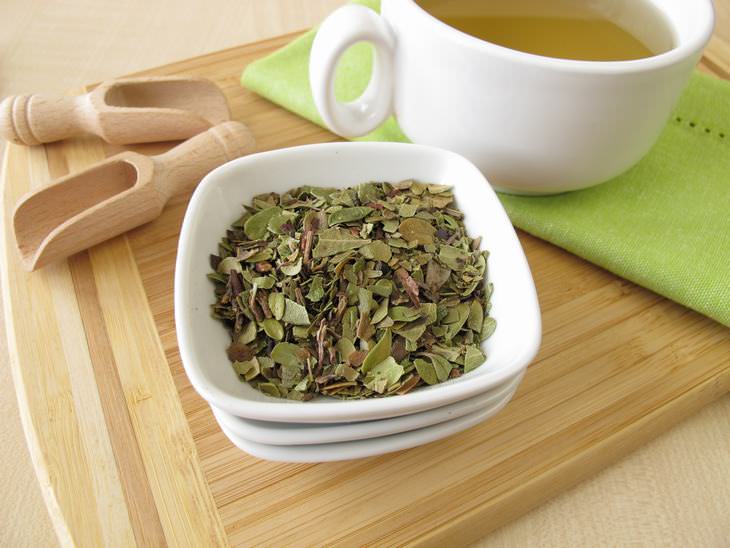
Recipe 4
- 1 tbsp. bearberry leaves
- 1 liter tea
Directions: Combine the tea and bearberry leaves. Drink a cup once every three hours, no more than five times each day. Note that those who have kidney inflammation should not try this remedy.
Urinary Incontinence Tips and Techniques
In addition to the recipes outlined above, there are various things you can do to ease your urinary incontinence:
Take Warm Sitz Baths
While taking a sitz bath, try sitting down, contracting your pelvic muscles and holding for five seconds. Relax for 10 seconds, and then repeat. Do this exercise 10 times in succession each day.
Do Kegel Exercises
When you are urinating, try contracting your pubococcygeus muscle by stemming the flow of urine. Repeat this process several times until your bladder is empty. Limit yourself to doing this exercise a maximum of three times per month.
Do Hypopressure Exercises
Stand with your leg a hip’s width apart, bringing your pelvis forward. Then, bend your knees slightly and raise your palms. Contract your abdomen three times using short breaths. Exhale each breath slowly. Repeat this process twice.
Figure Out What’s Causing Your Incontinence
If you’re stressed out, anxious, or happen to have a urinary tract infection, you need to remedy those things first in order for your incontinence to be treated in turn.
Avoid These Foods
Tomato sauce, chocolate, corn syrup, sugars, honey, chili pepper, curry, and other very sweet or spicy foods should be avoided, as they can irritate your bladder. Also avoid tea, coffee, and soft drinks.
Don’t Reduce Your Fluid Intake
Although it might seem to make sense to reduce the amount of water you’re drinking, it isn’t such a good idea, because doing so could lead to dehydration and kidney problems.
Lose Weight
Obesity is associated with many different health problems, and incontinence is one of them. Its relation to incontinence is that it does not allow a person’s muscles, including the pelvis, to contract properly.
Prevention
Take preventative measures, such as going to the bathroom before sleeping at night. If you’re also sneezing, coughing or have to lift something heavy, try tightening your pubococcygeus muscle to prevent urine leaking out.
Furthermore, make sure you use the bathroom before you leave home, and wear underwear that’s easy to take off. Keep a spare pair with you.
Last but not least, if you need to go, go – don’t hold your bladder, as this may lead to an infection or weakened sphincter muscle.
 Go to BabaMail
Go to BabaMail







